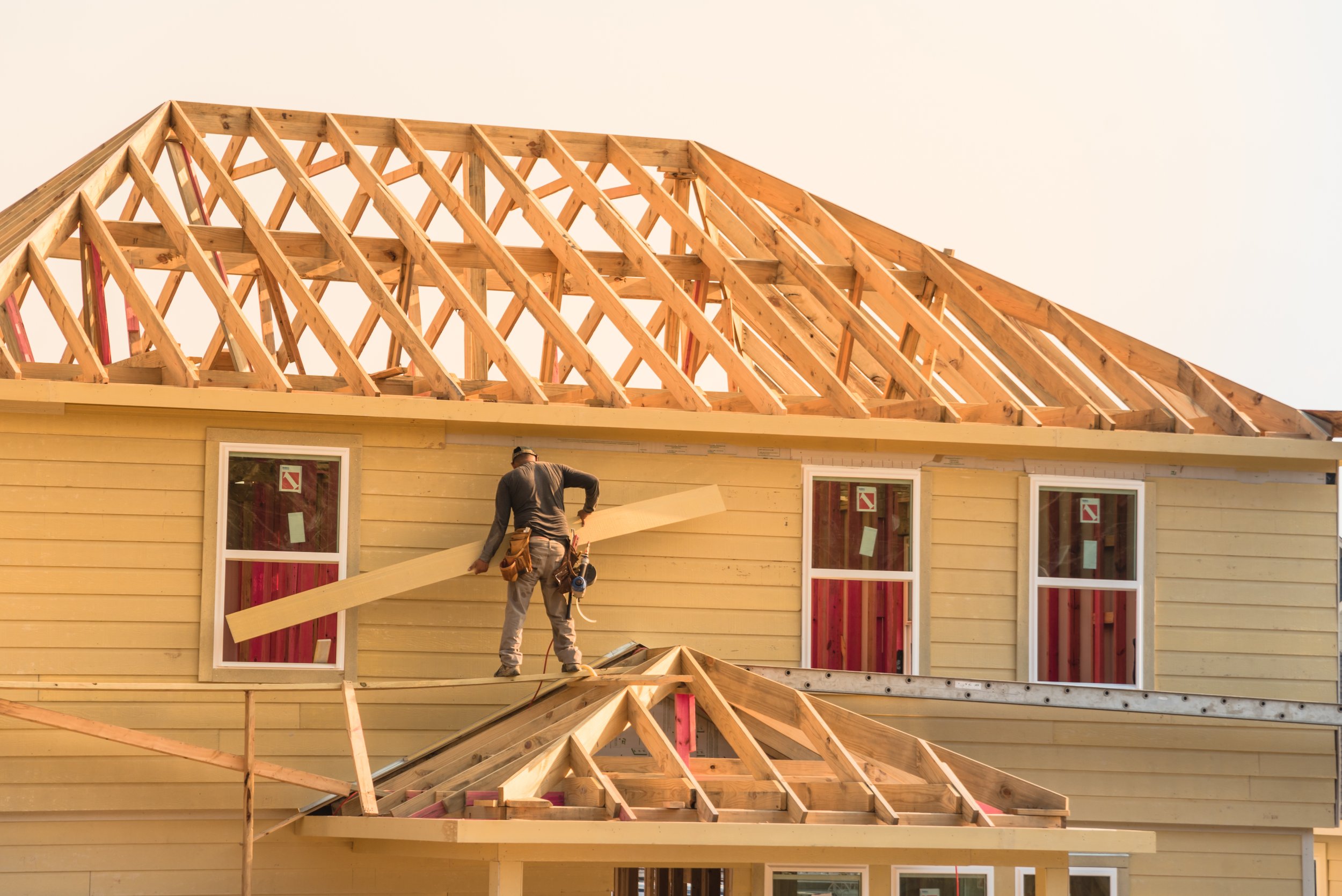Whether you're enhancing a property for resale or upgrading your own living space, adding square footage can significantly boost both value and functionality. However, choosing between vertical and horizontal additions involves careful consideration of various factors, including zoning laws and building codes.
Let's explore the benefits and drawbacks of each option.
Vertical Additions: Reaching New Heights
Vertical expansions involve adding another level to your existing structure. This can be a smart solution for homes with limited ground space. While not all blueprints may allow for vertical growth, this approach can maximize square footage without sacrificing yard area.
However, it comes with its own set of challenges.
Pros
No loss of yard area.
No setback restrictions to worry about.
Easier compliance with floor-area-ratio requirements.
Cons
Zoning regulations may restrict upward expansion.
Staircases can reduce the added square footage.
Extensive and potentially costly work on the existing structure may be required.
Horizontal Additions: Stretching Outwards
Horizontal additions involve expanding the property's footprint at the ground level. This is a more common strategy, allowing for increased space in areas like kitchens, living rooms, bedrooms, or enclosed patios. This approach often requires less extensive work on the existing home structure compared to vertical expansions.
Pros
Typically involves less restructuring of the existing home.
Bump-outs may eliminate the need for a new foundation.
Costs can often be kept lower than vertical additions.
Cons
Add-ons may consume yard space.
Zoning variances may be necessary based on regulations and property lines.
Floor-area-ratio restrictions can pose challenges.
Choosing the Right Direction: Bottom Line
The decision between vertical and horizontal additions depends on various factors, including your property's existing structure, zoning regulations, and budget considerations. Before making plans, consult with a professional contractor and stay informed about local zoning restrictions and building codes. While both options offer opportunities for creating the space you envision, seeking expert advice ensures a smoother and more successful renovation journey.
Expanding your home can be a transformative process, and with the right guidance, you can achieve the space you desire. For additional insights into real estate investment and property management, reach out to 208.properties or connect with us on social media.
Looking to maximize your property’s value, even without major renovations?
Stay ahead of the curve with expert tips and market insights.












